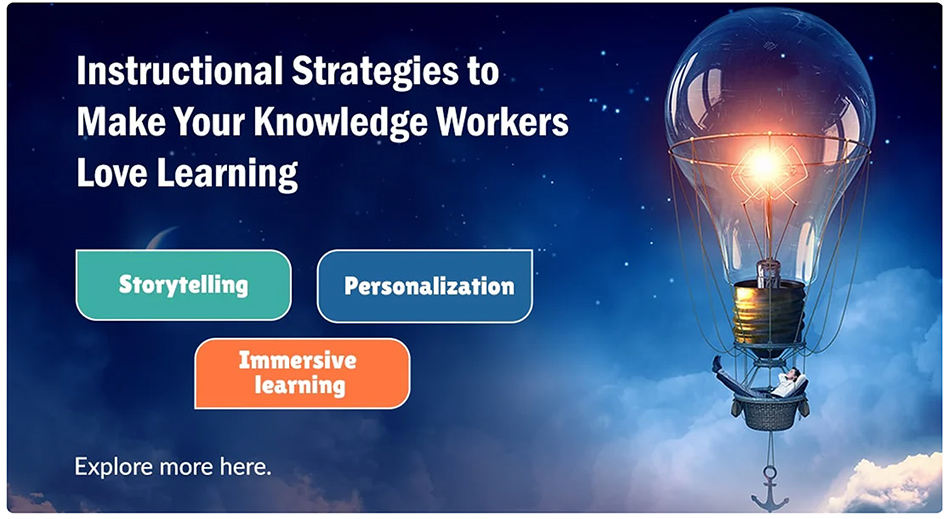Here’s the link to Don Taylor’s posting on Linked in (also shown below).
.




Top List: The Best Mobile Learning Content Development Companies (2023) — from elearningindustry.com by Christopher Pappas
Summary:
Working remotely has brought a major shift to corporate training, making mobile learning more important than ever. Your top assets, and frankly your whole staff, will need to adjust to this new reality. To help you out, we decided to gather the best content providers for mobile learning in one place. Explore our top list and find the right partner to start your mobile learning project or even develop your own mobile app. Are you ready?
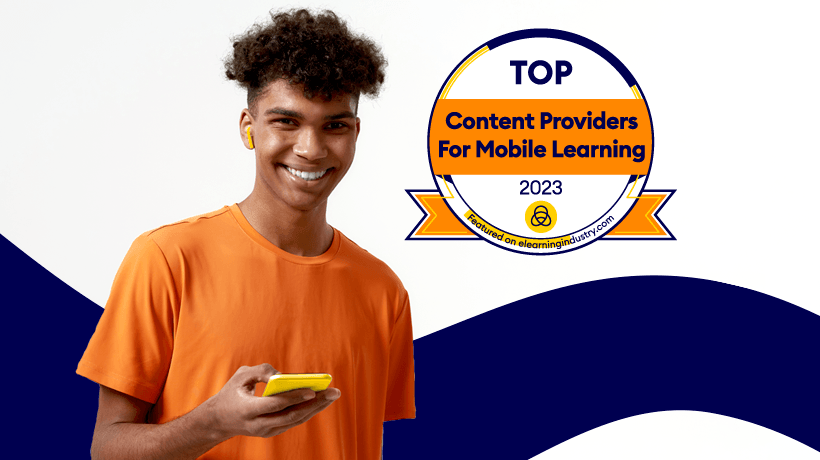
From DSC:
Let’s put together a nationwide campaign that would provide a website — or a series of websites if an agreement can’t be reached amongst the individual states — about learning how to learn. In business, there’s a “direct-to-consumer” approach. Well, we could provide a “direct-to-learner” approach — from cradle to grave. Seeing as how everyone is now required to be a lifelong learner, such a campaign would have enormous benefits to all of the United States. This campaign would be located in airports, subway stations, train stations, on billboards along major highways, in libraries, and in many more locations.
We could focus on things such as:
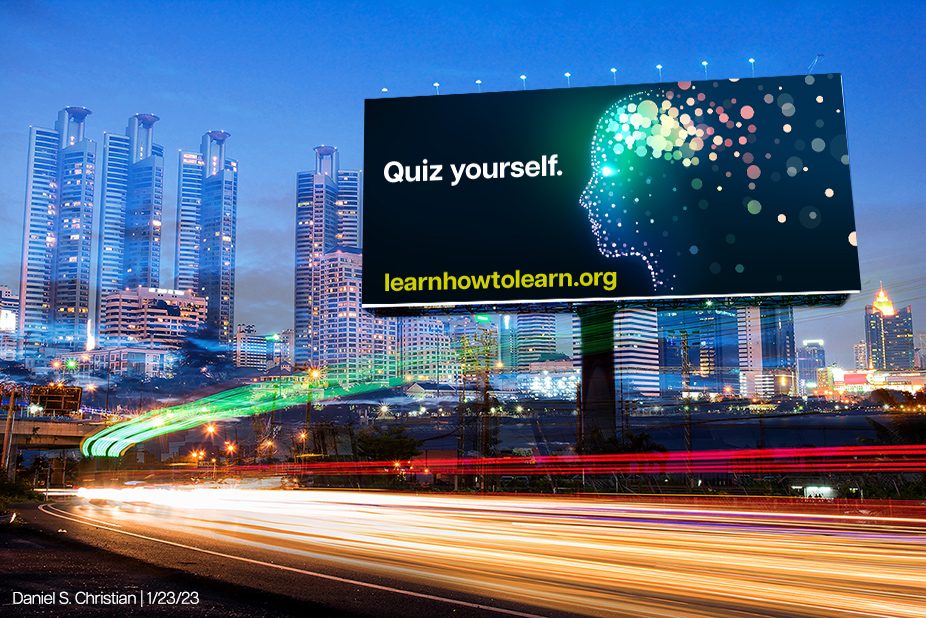
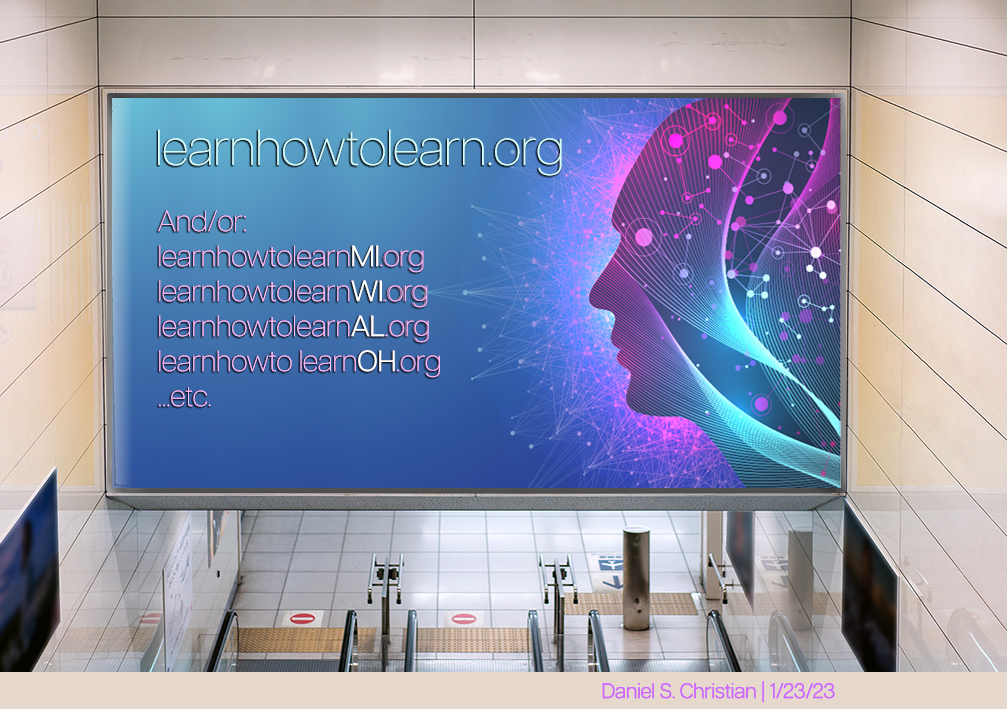

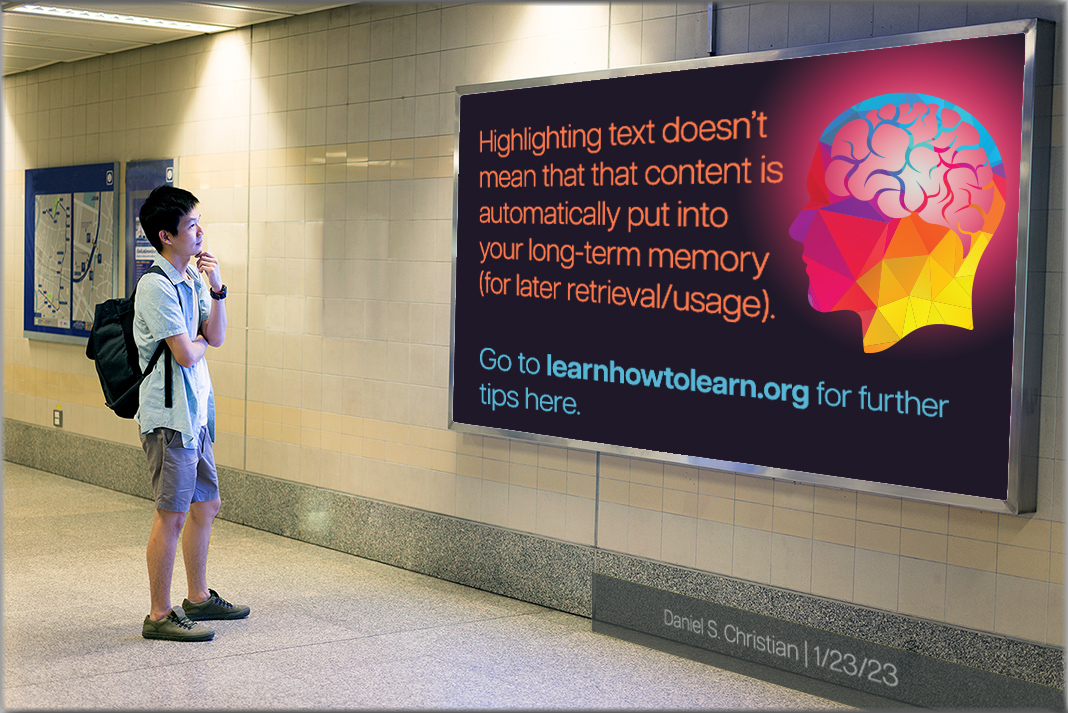
NOTE:
The URL I’m using above doesn’t exist, at least not at the time of this posting.
But I’m proposing that it should exist.
A group of institutions, organizations, and individuals could contribute to this. For example The Learning Scientists, Daniel Willingham, Donald Clark, James Lang, Derek Bruff, The Learning Agency Lab, Robert Talbert, Pooja Agarwal and Patrice Bain, Eva Keffenheim, Benedict Carey, Ken Bain, and many others.
Perhaps there could be:
A learning ecosystem is composed of people, tools, technologies, content, processes, culture, strategies, and any other resource that helps one learn. Learning ecosystems can be at an individual level as well as at an organizational level.
Some example components:
These people, tools, technologies, etc. are constantly morphing — as well as coming and going in and out of our lives.
Augmented Books Are On The Way According To Researchers — from vrscout.com by Kyle Melnick

Excerpt:
Imagine this. You’re several chapters into a captivating novel when a character from an earlier book makes a surprise appearance. You swipe your finger across their name on the page at which point their entire backstory is displayed on a nearby smartphone, allowing you to refresh your memory before moving forward.
This may sound like science fiction, but researchers at the University of Surrey in England say that the technology described above is already here in the form of “a-books” (augmented reality books).
The potential use-cases for such a technology are virtually endless. As previously mentioned, a-books could be used to deliver character details and plot points for a variety of fictional works. The same technology could also be applied to textbooks, allowing students to display helpful information on their smartphones, tablets, and smart TVs with the swipe of a finger.
From DSC:
Also see:
Attend a metaverse job fair in VR later this month: https://t.co/gE1VIDewBT pic.twitter.com/l4t5RgZ9xa
— VRScout (@VRScout) August 6, 2022
The 2022 L&D Global Sentiment Survey — from donaldtaylor.co.uk by Donald Taylor
Excerpt:
This year’s L&D Global Sentiment Survey, the ninth, shows L&D at a turning point, as the result of two forces. One is the demands of organisations, as they emerge from the pandemic, for more training delivery, very often with unchanged or reduced resources for L&D. The other is the need to deal with the emergency measures put in place in 2020 to deal with the immediate impact of COVID-19.
This sense of practitioners being under pressure is amply illustrated by responses to the free text question ‘What is your biggest L&D challenge in 2022?’ 40% of respondents answered, with the answers painting a picture of practitioners being asked to do more, in difficult circumstances, to support the learning of overworked employees and uninterested employers.
It is tempting to see this as a return to business-as-usual for L&D. Hasn‘t it always been the case that the department needed to fight for the attention of both executives and employees? Behind this undeniable reality, however, there are definite signs of longer-term trends emerging.
SXSW EDU Launch Winner Our Worlds Bringing Native American Culture to Life Through Mobile-Based Immersive Reality — from the74million.org by Tim Newcomb
Excerpt:
Take a stroll along the La Jolla Shores Beach in San Diego, and you might find sand between your toes. But users of the new Our Worlds app, winner of the 2022 SXSW EDU Launch Competition, might also find much more. Through augmented reality, they can look at that same stretch of beach and see handmade tule boats from the local Kumeyaay tribe.
Our Worlds launched to highlight Native American history via modern-day technology, putting what founder and CEO Kilma Lattin calls “code to culture” and pushing Native American civilization forward. Lattin says Our Worlds offers a full suite of technology — virtual reality, augmented reality, artificial intelligence — to capture all the components that make a culture.
Apple’s first AR/VR headset inches closer to launch — from protocol.com by Nat Rubio-Licht
The company reportedly showed off the device to board members as it makes progress on the headset’s operating system.
Camp K12 Launches Hatch Kids, a Metaverse & AR/VR Creation Platform for Kids — from edtechreview.in by Stephen Soulunii
….
This could be the future of operating rooms@VRScout @Ronald_vanLoon#MixedReality #AugmentedReality #VirtualReality #AI #5G #IoT #DigitalTransformation #HeathTech @IrmaRaste @DeepLearn007 @SpirosMargaris @andi_staub @mvollmer1 @Nicochan33 @enilev
pic.twitter.com/Nq7ePLoS7f— Harold Sinnott ?? (@HaroldSinnott) May 22, 2022
Global Pandemics — from historyadventures.co with thanks to Andrea Boros for the resource
Excerpts:
Global Pandemics is “a cutting-edge, browser-based, digital learning experience—designed to enhance student understanding of the role of pandemics in world history. One year in the making, and involving a talented, interdisciplinary team from around the world—the new product features cutting-edge digital learning design, web animation, interaction design, and digital storytelling.”
This browser-based digital learning experience introduces multiple novel technologies, including:
Also see:
DC: Yup.
“Navigate the lifelong learner journey with Pocket.
A portable, secure and verified digital wallet for learning, work and life.”https://t.co/ncqa6e6aF4#digitalcredentials #lifelonglearning #credentials #skills #learningfromthelivingclassroom— Daniel Christian (he/him/his) (@dchristian5) January 10, 2022
Resource via @ernperez
at this article/page.
From DSC:

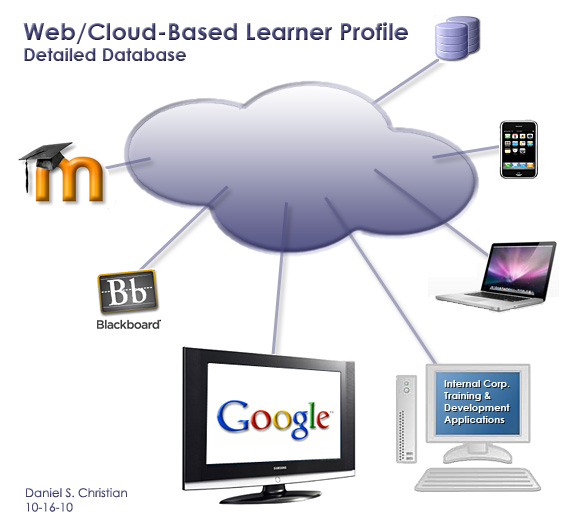
Instructional strategies to make your knowledge workers love learning — from blog.commlabindia.com
Excerpt:
As a training manager, you need to step up your game to cater to the corporate training needs of these thinkers. Functional and creative instructional strategies should be used to engage learners and offer sticky learning, in the classroom and online. The strategies need to involve learners emotionally, offer an experiential set up, and appeal to their creative side.
hoopla digital is a digital streaming service for library users to access eBooks, eAudiobooks, music, movies, and TV shows using portable devices like smartphones and tablets.
From DSC:
I downloaded this app yesterday and borrowed a classical Christmas album on the spot. Our local library gives us 10 items per month:
NOTE: hoopla is available on desktops, phones, tablets, Alexa devices, Rokus, Apple TVs, Fire TVs, and Android TVs.
Facebook to target Nigerian learners with educational app Sabee, created by its R&D team — from techcrunch.com by Sarah Perez
Excerpt:
Last fall, Facebook announced it was opening an office in Lagos, Nigeria, which would provide the company with a hub in the region and the first office on the continent staffed with a team of engineers. We’ve now spotted one of the first products to emerge from this office: an education-focused mobile app called Sabee, which means “to know” in Nigerian Pidgin. The app aims to connect learners and educators in online communities to make educational opportunities more accessible.
Apple CEO Tim Cook: AR Is “Critically Important” For The Company’s Future — from vrscout.com by Bobby Carlton
Excerpts:
When the subject of AR and it’s potential came up, Cook said “You and I are having a great conversation right now. Arguably, it could even be better if we were able to augment our discussion with charts or other things to appear.”
In Cook’s opinion, AR will change the way we communicate with our friends, colleagues, and family. It’ll reshape communication in fields such as health, education, gaming, and retail. “I’m already seeing AR take off in some of these areas with use of the phone. And I think the promise is even greater in the future,” said Cook.
Also see:
And it is not enough to try to use existing VR/XR applications and tailor them to educational scenarios. These tools can and should be created with pedagogy, student experience, and learning outcomes as the priority.
20 of the best free science apps for iPad & iOS — from teachthought.com by TeachThought Staff
Excerpt:
The ease-of-use and engagement factor of an iPad can really liven up a lesson.
Combine that with an app’s ability to simulate reality in br, such as chemical reactions, and you have a tool that is both safe and fun for your students.
Below, we’ve gathered 20 of the best free science apps currently available for iPhone/iPad/iOS. Note, many of the science apps below have in-app purchases but are free to download and use. The main criteria here was that it’s a science app and is worth using/teaching and learning with without making any additional purchases.
For Carolina Panthers, Learning Online Translates To Better Play On Field — from forbes.com by Michael Horn
Excerpt:
The solution the Panthers devised wasn’t the traditional one of just studying and memorizing voluminous playbooks coupled with endless Zoom calls. They instead turned to an education startup called Learn to Win.
Learn to Win is one of the pioneers in mobile learning, as it uses the principles of sound instructional design to transform training material that’s critical to an organization’s success into content that allows people to learn faster and more effectively.
